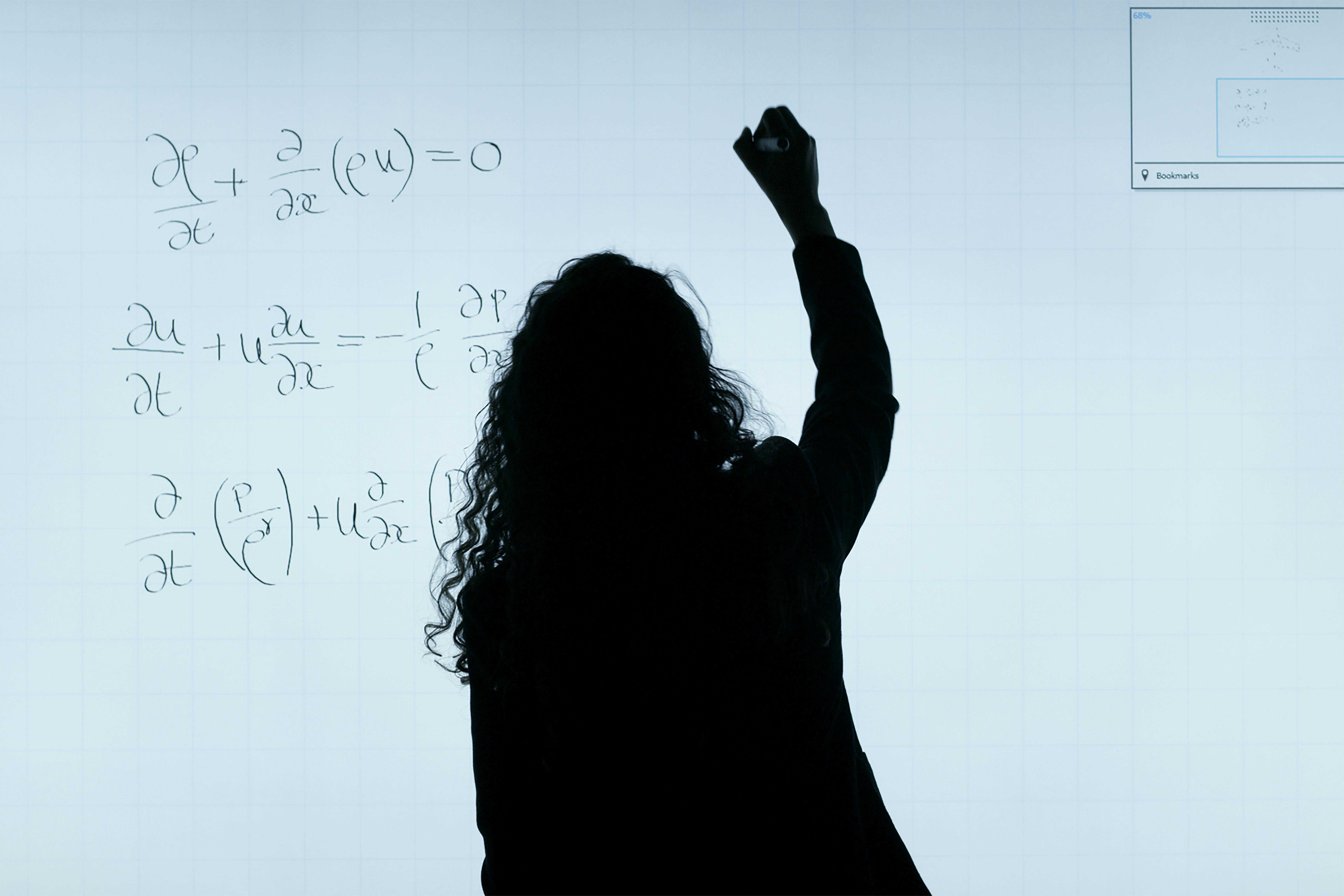Digital Distractions: How They Impact Learning and What Educators Can Do
In today's hyperconnected classroom, digital distractions have become one of the greatest challenges facing educators. Research shows that the average student is distracted within the first 5 minutes of attempting to focus on academic content online.
In today's hyperconnected classroom, digital distractions have become one of the greatest challenges facing educators. Research shows that the average student is distracted within the first 5 minutes of attempting to focus on academic content online. From notifications and advertisements to recommended videos and comment sections, the digital learning environment is filled with attention-grabbing elements designed to pull students away from their educational goals.
The Science Behind Digital Distractions
Recent studies from Stanford University reveal that each time a student shifts their attention from learning material to an unrelated digital distraction, it takes an average of 23 minutes to fully return to the task at hand. This phenomenon, known as "attention residue," means that even brief distractions can significantly impact overall learning time and comprehension.
The human brain naturally seeks novelty and stimulation, making the colorful, dynamic elements surrounding educational content particularly challenging for developing minds to ignore. For kids and teens whose executive functioning skills are still developing, resisting these distractions requires mental resources that could otherwise be dedicated to learning.
The Hidden Cost in Education
Digital distractions come with significant educational costs:
- Reduced comprehension: Students who experience frequent interruptions show up to 20% lower retention rates of material
- Decreased academic performance: Studies link higher rates of digital distraction with lower GPA scores
- Shortened attention spans: Regular exposure to distracting digital environments can actually reshape attention patterns over time
- Increased stress: The cognitive load of constantly managing distractions creates additional stress for students
Effective Strategies for Managing Digital Distractions
Educators and parents can implement several strategies to help students navigate digital distractions:
- Create distraction-free digital zones: Designate specific devices or times for focused learning without notifications or unnecessary visual elements
- Teach digital literacy: Help students understand how digital platforms are designed to capture and monetize their attention
- Model healthy digital boundaries: Demonstrate focused attention by maintaining your own digital boundaries
- Utilize tools designed for focused learning: Implement technologies specifically designed to eliminate distractions from digital learning
How Modestly Helps
Modestly offers a simple yet powerful solution to the digital distraction problem. By allowing educators to instantly create distraction-free links without requiring student sign-ups or logins, Modestly removes the friction that often prevents the implementation of focused digital learning. Teachers can paste any educational video or content link, customize the appearance to match their classroom aesthetic, and share a clean, distraction-free version with students. This approach keeps students engaged with the essential learning material while eliminating the notifications, recommendations, comments, and advertisements that typically compete for their attention. With Modestly, educators can transform any digital content into a focused learning experience without adding additional technical complications to their already demanding workload.
.png)


